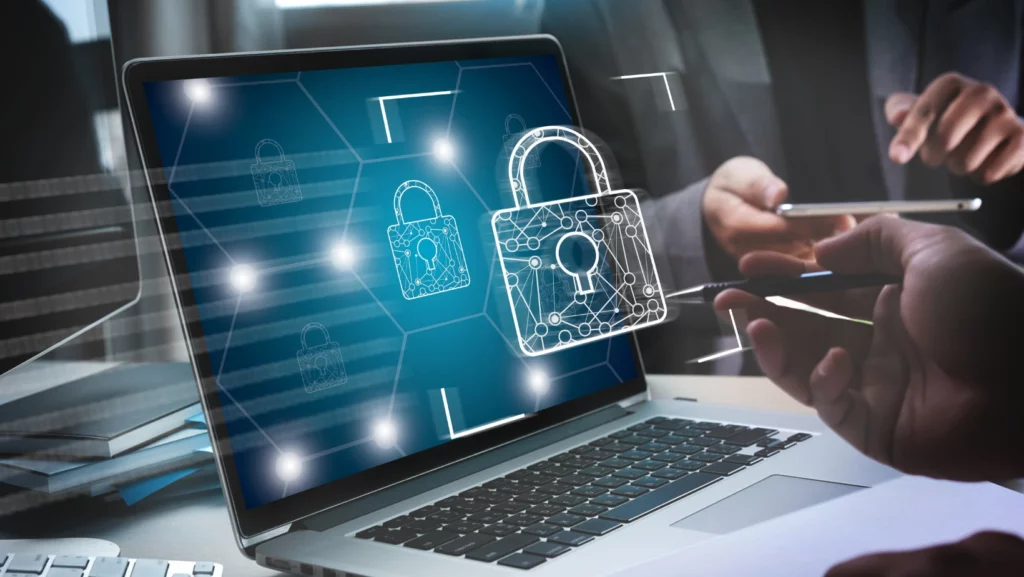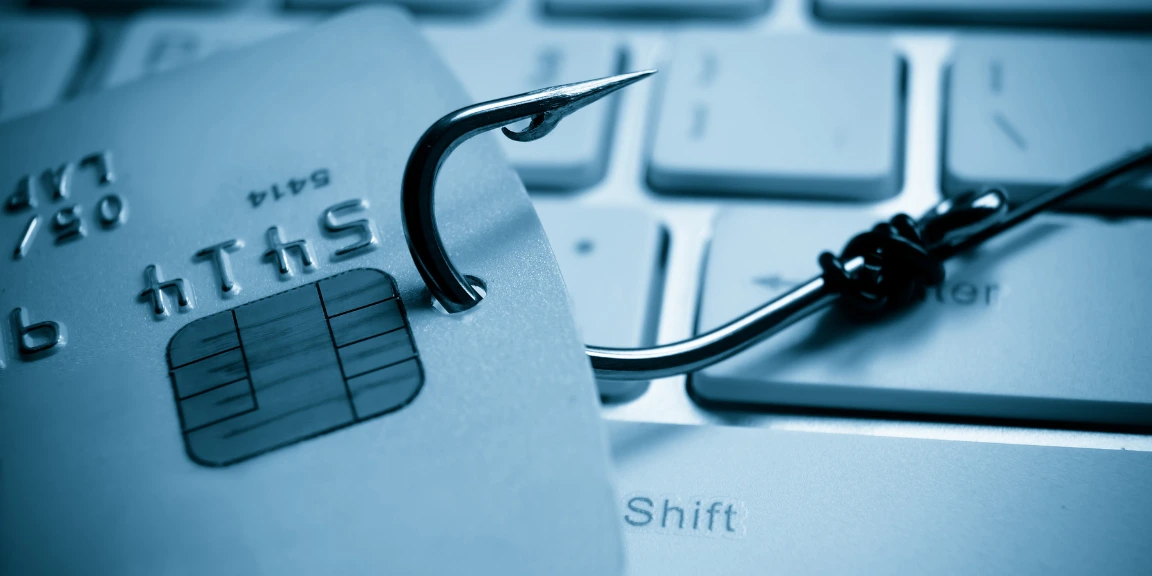Phishing is one of the most common types of cybercrime in the world. According to Statista, in the fourth quarter of 2022, almost 28% of phishing attacks targeted financial institutions, with other affected sectors including web-based software services and webmail (18%) and social media (10%). Due to widespread accessibility to online services, phishing is a growing threat that should concern both businesses and individuals.
Here are a few tips on how to stay safe and protect your data.
1. Learn to detect red flags
Phishing attacks tend to follow previously recognized patterns, meaning you can learn how to spot red flags. Examples of common red flags include unusual emails from strangers and requests for personal information.
As a specific example, imagine receiving an email claiming to be from a bank representative who requests your credit card details. The email address of the sender may contain the bank name but at the same time have an unusual structure; for e.g., bankname_some randomletters@gmail. If you are being requested for sensitive information by someone claiming to represent any organization, always contact the institution in question via a verified phone number or email address.
Another common threat is attachments or links in emails. Receiving such emails from strangers is a red flag, and clicking on a link or attachment may expose you to malware or redirect you to virus-infected websites that can steal your data.
2. Find information on people search websites
One of the easiest ways to find useful information about individuals is by using platforms that provide details associated with names, phone numbers, and addresses. On Nuwber, a people search engine, you can find any US citizen’s criminal records, social media accounts, professional details, contact information, and much more.
While people search websites can help you find information about particular people, note that not everyone is who they claim to be. As such, just because you received an email from someone pretending to be a legitimate person, it doesn’t mean that checking information based on the name of the individual in question will necessarily reveal who is behind the email. People search engines are, therefore, one of the several tools you need to use to protect yourself against phishing.
3. Use unique, complex, hard-to-guess passwords
One way to expose yourself to cybercrime is by using a password that is easy to guess, such as your name or birthday. If you have a hard time creating a complex password, consider using a password manager which, besides giving you good suggestions, will also store your passwords so you don’t risk forgetting them.
Another mistake many people make is using the same passcode again and again for all of their accounts. In such a situation, when someone manages to break into one of your accounts, they will be able to break into the others.
4. Take advantage of multi-factor authentication (MFA)
Even if you have a great password, there is always a small chance someone will manage to hack it. To further lower this risk, consider using MFA, which adds an extra layer of protection by requiring you to provide multiple forms of authentication. Typical extra steps include receiving a code via SMS or an authenticator app. MFA will not only protect you against common phishing attacks but also against brute force attacks and stolen credentials.
5. Update your software consistently
How often do you ignore update request notifications from your operating system or apps? While having to constantly update your software may seem a bit annoying to some, there’s a good reason why some apps update their software so often. More specifically, these updates are typically security-related, as new vulnerabilities appear constantly.
Fortunately, in many cases, you do not have to concern yourself with manual updates. Whenever possible, consider enabling automatic updates so that your system is always up-to-date without your direct intervention.
6. Regularly backup your data
No matter how hard you try, you cannot reduce the risk of phishing to zero. Losing data from a device is worse enough, but losing it completely can be a disaster. To avoid this, consider creating routine backups of files and folders that you don’t want to lose at any cost.
There are several backup solutions available, including cloud storage services, hard drives, and even dedicated backup software. To know if one or more solutions is the right one for you, learn about each approach in terms of pros, cons, and costs. As long as your data is stored in multiple locations, the chances of losing it completely will remain low.
7. Install antivirus and anti-phishing software

While no software can completely protect you against phishing, having an antivirus/anti-phishing program in place can make a huge difference. These software solutions can detect and neutralize most malicious software, phishing attempts, and other types of security threats.
It’s worth noting that some applications in this category are better than others. To know which software to use, take a close look at each option’s capabilities and costs and consider asking an expert if you are unsure of which option is the best for you.
8. Monitor your financial transactions
Long gone are the days when most people were reluctant to enter their credit card information on e-commerce websites. As long as you use reputable e-commerce platforms that have SSL encryption, you will likely not have your credit card data stolen.
That being said, it’s best practice to check your financial transactions from time to time. By doing so, you will not only ensure that nobody is making unauthorized transactions on your behalf but also avoid paying for services you no longer use.
Bottom line: The more time we spend online, the more exposed we are to phishing
The risk of exposing yourself to cybercriminal activities is likely directly proportional to the number of hours you spend online. Not surprisingly, as more and more people use the Internet daily, the number of phishing attacks increases.
Fortunately, many phishing attacks follow easy-to-recognize patterns, meaning you can often easily detect what is likely to be an attempt. In addition, using a few standard security measures such as a strong password, an MFA, a backup plan, automatic updates, people search websites, and an antivirus program should mean that you and your data will remain safe.

